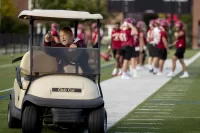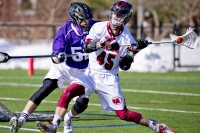
During our annual stint on the Great Day to Be a Bobcat livestream yesterday, we shared a few fun and interesting CatFacts with viewers, which we now share with you.

Great Day 2024 was another great success for Bates and the Bates Fund: nearly 2,400 alumni, parents, faculty, staff, students, and friends made gifts this year, busting past the donor goal of 1,907 (which is the number of students enrolled on campus). All told, donors contributed more than $1 million to Bates.
And in keeping with the arrival of St. Patrick’s Day on Sunday, we found two Irish-flavored CatFacts.
Tackling COVID in a thesis
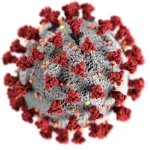
The focus on a senior’s honors thesis in biochemistry is how certain metabolites in various plant species might help stop the spread of COVID-19 by blocking how the coronavirus enters cells.
The virus that causes COVID-19 rapidly mutates, so the search for antiviral compounds must take the quick mutation rate into account.
One approach is to target the initiation of the COVID-19 infection cycle, which takes place outside cells, meaning an inhibitor would not need to be transported into the cell to be effective.
Bobcats might be Irish?
In 1905, the Boston Evening Transcript ran a story about bobcats with this subhead: “A Decidedly Interesting Animal with Unconventional Ways and of Anomalous Design.”
In conveying the animals toughness, the writer invokes Irish temperament.
“The bobcat’s eyes are fierce and not a bit sly or cunning. I know of no other beast, large or small, that has so much good Irish blood. There isn’t a cowardly fiber in him. Add to that temper muscular strength five or six times bigger than he looks.”
The first Irish-born Bates graduate
The first Bates graduate who was born in Ireland was Dennis Joseph Callahan, Class of 1876. He was born in Bishopstown, Ireland, on Christmas Day in 1852.
His residence during college was on Lincoln Street in Lewiston; it’s possible he lived with his parents, who may have emigrated to Lewiston to work in the mills, as Lincoln Street runs alongside Lewiston’s mill buildings.
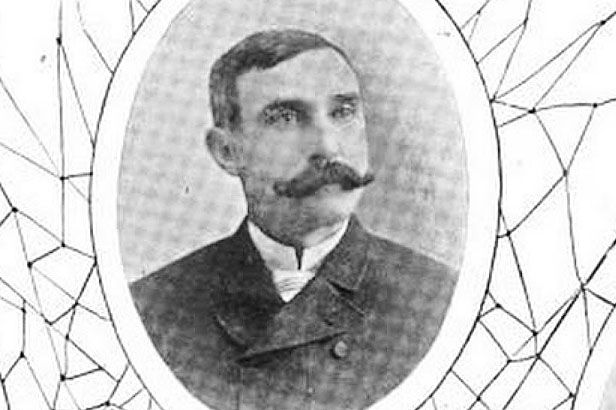
Callahan was “fitted” for Bates at Latin Nichols School, a bygone prep school associated with Bates that is now John Bertram Hall.
Studying the law under Lewiston lawyer Mandeville Treat Ludden, Callahan was admitted to the bar in 1878 and thereafter emerged as one of Lewiston’s leading citizens, including service as president of the school board.
Changes in latitude
Bates is located at approximately 44 degrees North latitude. Here are six cities around the world that have a similar latitude:
Bordeaux, France
Genoa, Italy
Podgorica, Montenegro
Bucharest, Romania
Vladivostok, Russia
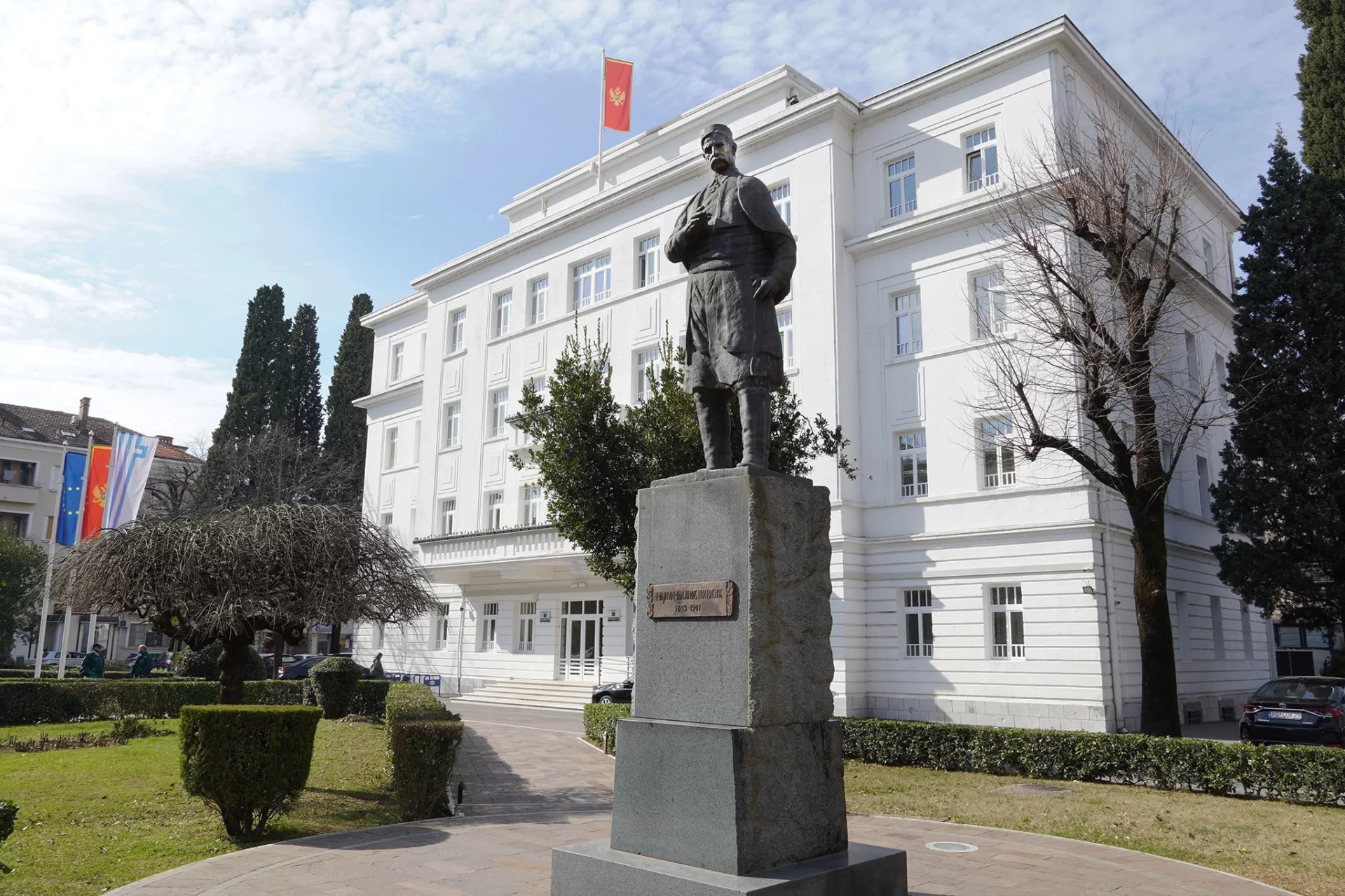
Open water
After a mild Maine winter, the Bates rowing team began training on the Androscoggin River on March 13, 18 days earlier than any year in head coach Peter Steenstra’s 16 years and probably the earliest since Bates rowing first took to the Androscoggin River in the early 1990s.
Standout athlete and sportswoman
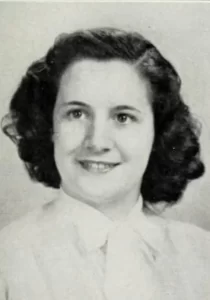
Mary VanWyck ‘46 was a standout athlete and sportswoman of her era.
In 1946, she earned a rating to officiate girls basketball games anywhere in the nation. She helped to coach the Lewiston High School girls team and officiated local girls games, and was a catcher for the Smith Middle intramural softball team.
The rating was from the Women’s National Officials Rating Committee, established in 1928 as the first national women’s officiating board to improve the quality of officiating for girls sports.
Play ball!
A traveling team of ethnic Chinese baseball players from Hawaii played Bates in June 1915.
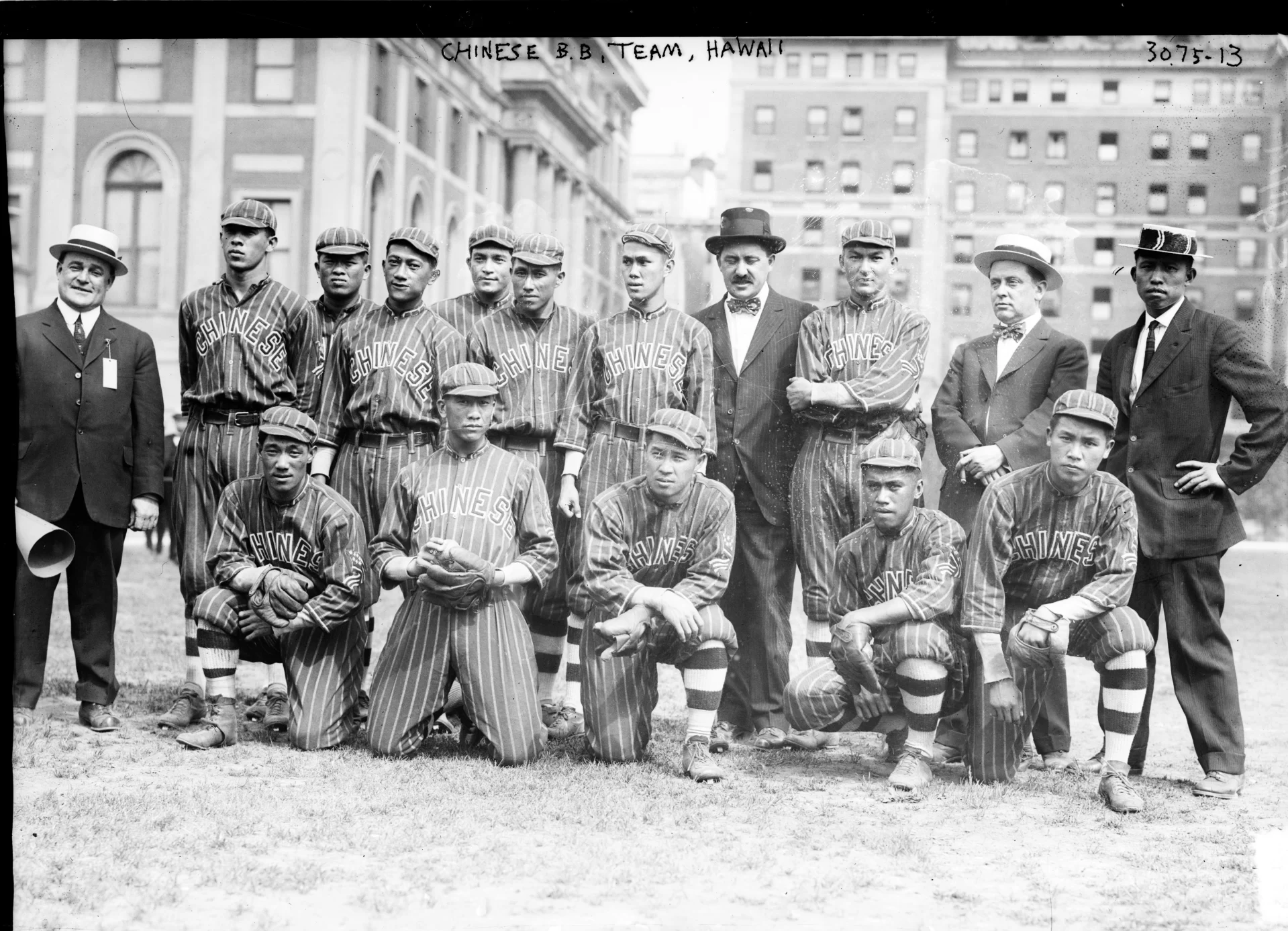
“We are glad to have these men with us and to engage in competitions,” said The Bates Student. “The world is hourly becoming more cosmopolitan, and after all the fundamental differences in men are small.”
Speedy Bobcat
As far as we can tell, two automobiles have carried the bobcat name: the forgettable Mercury Bobcat and the more sharp-looking Marion Bobcat, a “powerful speed car” made by the Marion Motor Car Co. of Indianapolis, Ind., that you could pick up in 1914 for $2,150.
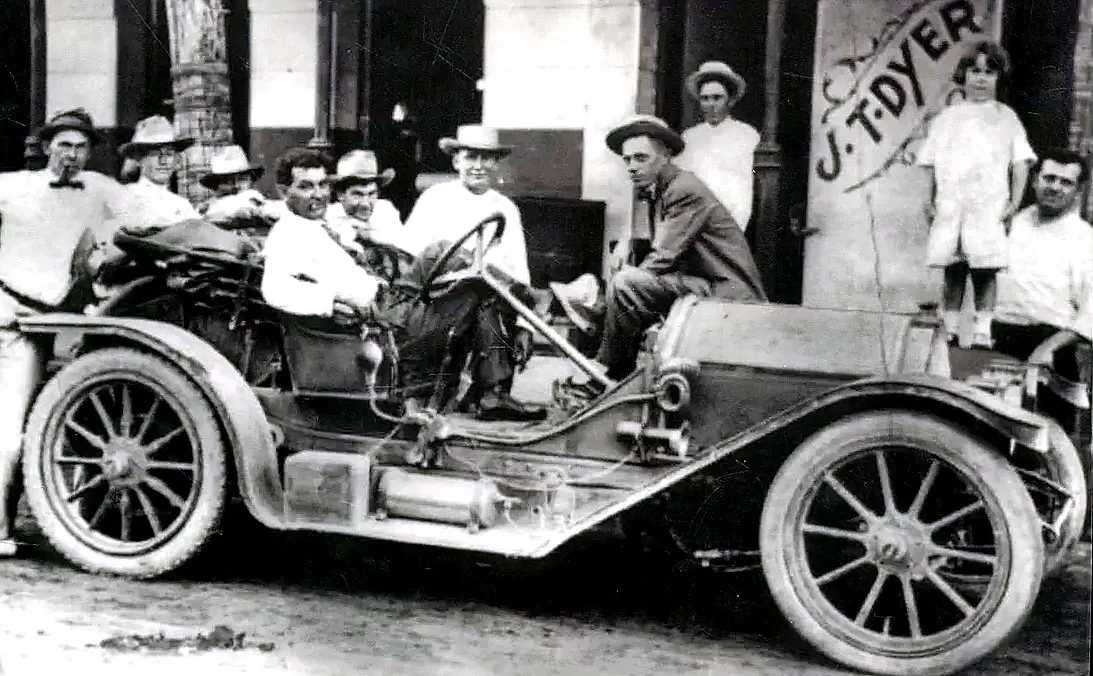
It was advertised as a “low hung, sturdily built, powerful and fast, ideal for long-distance runs in hilly, sandy, and rugged country.”
“The touring season is close at hand,” said an advertisement in The Daily Republican of Rushville, Indiana, in July 1915, “fresh air, renewed vigor and health are yours to obtain after a hard winter. The Marion Bobcat will show you the beauties of the open road and do it safely, economically, and constantly.” The Marion Motor Co. merged with other car companies in 1915.
Lucky 13 for Fulbright

Bates is one of just 21 undergraduate liberal arts colleges that can claim being a Fulbright Student Top Producer for 13 straight years.
Twice in the past six years, Bates has been the No. 1 producer of Fulbright Student awards.
